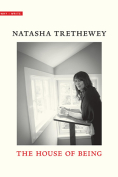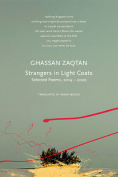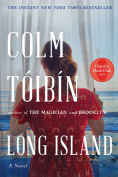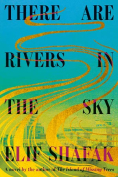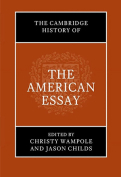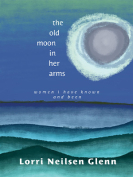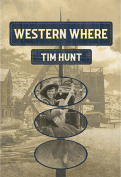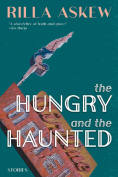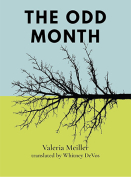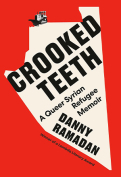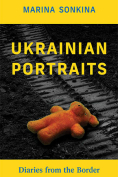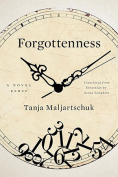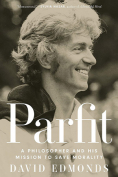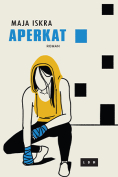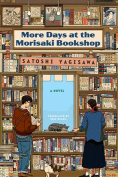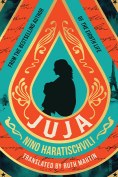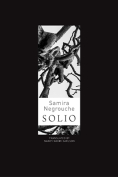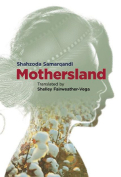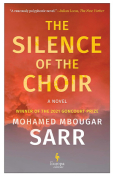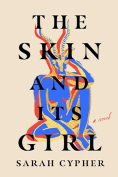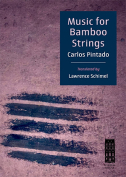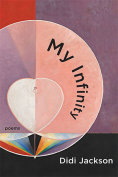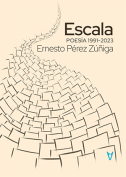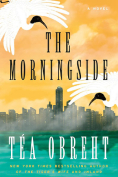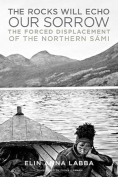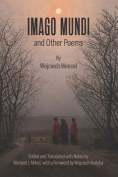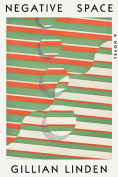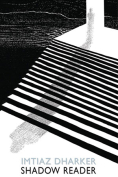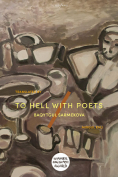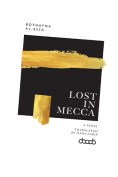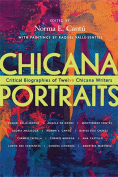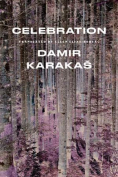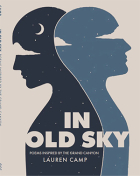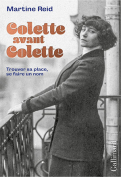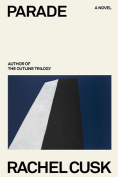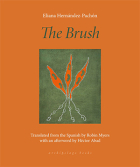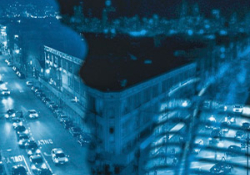Western Where by Tim Hunt
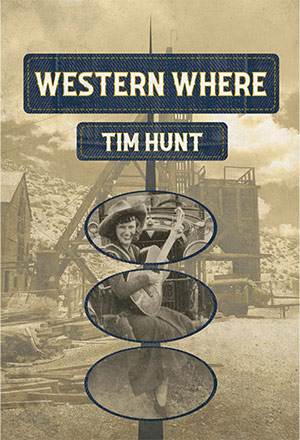 Frankfort, Kentucky. Broadstone Books. 2024. 88 pages.
Frankfort, Kentucky. Broadstone Books. 2024. 88 pages.
From the pun of the title and the triptych cover photograph, Tim Hunt’s Western Where challenges our nostalgia and the stories we tell about our origins. Hunt begins with an introduction that is integral to the entire collection. We learn that the woman on the cover is Hunt’s aunt Sue, and her clothing is stage-wear; we learn that Sue’s family’s winter cottage is now the back corner of a casino parking lot. It is a framing essay that provides a familial background—necessary testimony of belonging to the place—and the note on the cover forecasts the ways in which Hunt will deconstruct that sense of belonging and the mythos it builds.
In the first section, “There and Here,” the poems shift between old-timer, returning child, and passer-through. The decay of small boomtowns turned tourist traps hangs heavy on the lines. Poems, otherwise quite varied, such as “Instructions for Traveling to the Ranch” and “Tonopah,” describe a lost terrain that hasn’t quite faded into simplicity. In “Tonopah,” Hunt writes, “somewhere, / there’s a trace of my past / but from so long ago I know / I will not find it. Still, // I pull off the road.” In the speaker’s family lore, a “great uncle someone spending a quiet evening / with his special friend, we’ll call him Ben.” The grown-up speaker is able to perceive for the first time a more complex history than the one usually conveyed by shallow recollection or the nostalgic commercialization of the Wild West.
The final section, “In This America,” is comprised of one long poem in twenty-one sections; these often land somewhere between a harangue and a jeremiad. The vignettes seem to have been snatched from the covers of tabloids: prostitution, incest, pedophilia. A reader may feel that Hunt has reached for the low-hanging fruit in these scenarios. An impulse after reading these sections is to push back, to argue that such evil is both rare and doesn’t occur solely “in this America.” But before readers rise in protest to defend this vision, we must recall the footing upon which Hunt has placed us. We fixate on stories like this, rare or not. Titillating gossip sells, and worse, it’s the story we tell of ourselves to the world in the process.
Western Where is not only about place, it’s about when. Hunt reminds us that the Old West that looms so large in our cultural imagination was a brief time and, even then, a bit of a show. The second section of the poem “The Fiddle,” headed “Postcard: Napa Valley Palimpsest,” cascades through time, first with contemporary wine tourists in Napa, to the workers tending the grapes in previous seasons, through the mule teams that first colonized the region, finally (firstly) asking, “And the people before that? / Their world / never existed. // They never existed.”
They never existed, except perhaps as scenic backdrop. So it goes in the last section of “In This America,” where the newest settlers, decked out in their version of western wear, gaze through plate-glass windows at the scenery. One of them “imagines horses running, / sun dappled and sleek. She / likes the painting. // She doesn’t like you – / your boots work worn, your truck /work worn.”
Hunt concludes Western Where with “CODA: Rodeo Ride,” which might be good advice for the work-worn fellow scorned by the newest wave of fortune-seekers as well as those of us wanting an authentic sense of our selves: “ride your past. / Don’t let it ride you.” If poems in this collection are often harsh in their portrayal, they successfully remind us that we choose our costumes and the stories we tell about ourselves.
Greg Brown
Mercyhurst University
